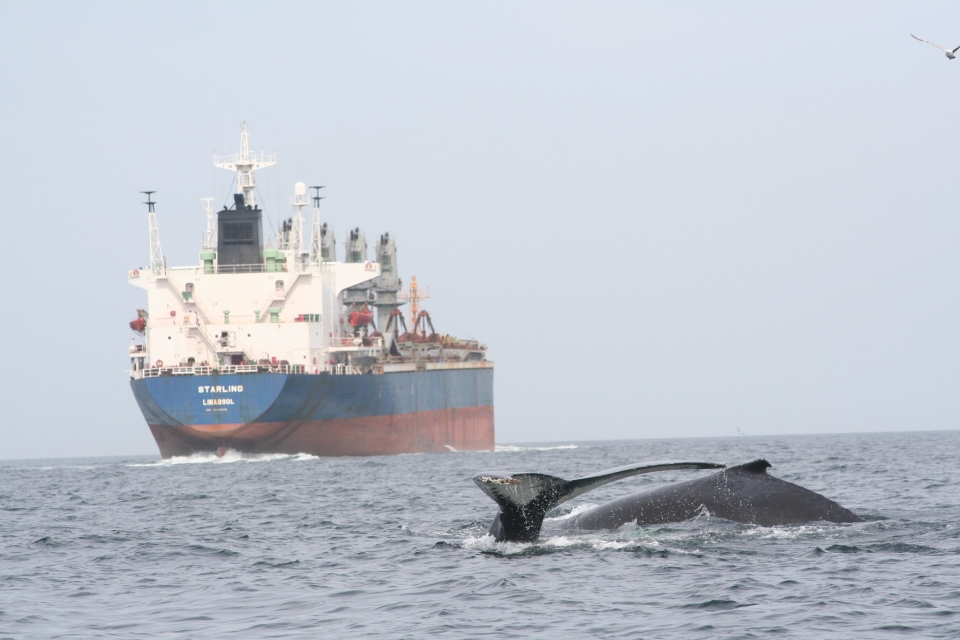Accidental collisions between ships and whales are a global concern, and can occur wherever there is an overlap between whale activity and vessel traffic. To help seafarers plan their voyages to minimise the risk of collisions, the World Shipping Council (WSC) has launched the WSC Whale Chart.
This navigational aid is the first global mapping of all mandatory and voluntary governmental measures to reduce harm to whales from ships. The WSC Whale Chart is available for free to all interested parties and will be regularly updated.
Also read: MSC to equip 100 vessels with Roll-Assist and reroutes ships around Sri Lanka to avoid whales
Separation and speed reduction
Whales inhabit the world’s oceans and many spend considerable time at the surface. For these reasons, whales are especially vulnerable to injury by vessel traffic, and experience shows that separating ships and whales is the most effective way to limit ship strikes.
In areas where separation is not possible, speed reductions can help mitigate the risk. Hence, there are numerous international, regional, national and local regulations and recommendations addressing areas to be avoided, routing measures, and speed restrictions for seafarers to keep track of as they navigate the globe.
‘With the WSC Whale Chart, seafarers will for the first time have a comprehensive global resource offering critical navigational coordinates and concise graphics to identify routing measures and areas subject to static speed restrictions designed to protect whales and other cetaceans,’ says John Butler, president & CEO of the WSC. ‘We hope that by compiling this unique navigational aid, keeping it updated and making it available for free to all navigators, we can help reduce ship strikes and safeguard endangered whale populations across the globe.’
Also read: IFAW argues for speed limit for ships in EU waters
International Whales Protection Workshop
WSC members are container and roll-on-roll off carriers, with vessels in constant transit across the oceans. Carriers are acutely aware of the risk of collision with whales, and WSC works closely with NGOs, governments, regional and local authorities, and through the International Maritime Organization to reduce the risk of collisions between ships, whales, and other cetaceans.
As a result of this work, the 7th of November also saw the first major international gathering of industry, government, NGOs and academia at the forefront of efforts to protect endangered whale populations. Organised by WSC and hosted by the Mediterranean Shipping Company (MSC) in Geneva, the International Whales Protection Workshop aims to promote knowledge sharing across this wide range of organisations to drive progress on strategies, operational measures, and technical solutions that can help protect whales.
Scientists, researchers and whale experts shared the latest research in cetacean science; government authorities, international organisations, marine biologists, industry, and multiple environmental organisations reviewed the most important tools available today to avoid whale strikes. Technology developers, governmental representatives, and industry explored recent developments in whale strike avoidance technologies; and representatives from regulators in Canada, Europe, and the US exchanged experiences and lessons learned together with marine biologists, environmental organisations, and industry experts.
Picture: Humpback whales and ship in Stellwagen Bank National Marine Sanctuary (by Whale Center of New England, photo taken under NOAA Fisheries Permit #981-1707, made available through Green Fire Productions on Flickr).








